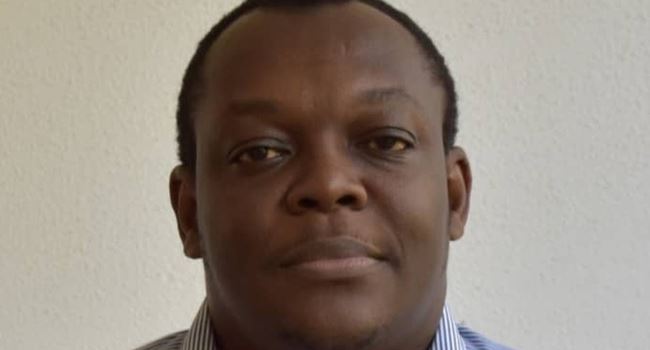News
Amid medical brain drain, WHO raises the alarm, says 160m Nigerians at risk of Yellow Fever

At least 160 million of Nigeria’s estimated 206 million people are currently at danger of contracting the yellow fever disease, according to the World Health Organization (WHO).
According to the global health organization, this number represents almost 25% of all Africans at risk for the disease.
It did, however, establish that the nation had immunized around 45 million people against the disease during the last two years of the coronavirus pandemic, about twice as many as during the epidemic’s raging outbreak.
The Nigeria Centre for Disease Control (NCDC) provided the estimated vaccination figure at the time of filming two films for the WHO Africa region’s Eliminate Yellow Fever Epidemics (EYE) Strategy, according to a recent publication on the organization’s website.
According to reports, the EYE Strategy, a collaboration between the WHO, UNICEF, and Gavi, the Vaccine Alliance, was established in response to Yellow Fever and designated Nigeria as a high-risk nation.
Read also:WHO declares monkeypox global health emergency
WHO noted that the African continent has been on high alert for the disease ever since 2016 when lethal outbreaks of Yellow Fever were detected in Angola and the Democratic Republic of the Congo, which apparently spread to China.
The EYE Strategy, according to the international health organization, is a part of the attempts to stop the spread of the disease and free the affected nations from its effects.
Furthermore, WHO’s Medical Officer in Nigeria, Anne Jean-Baptiste, had stated that Yellow fever is risky because a small number of patients will experience a more toxic phase of the illness.
She added that infected people will experience fever, have a system failure, mainly in the kidney and liver, may experience bleeding from the mouth, nose and eyes, within seven to 10 days, and that half of the patients “will die.”
In his comments, NCDC Director-General, Ifedayo Adetifa, said despite the ongoing COVID-19 pandemic, his agency has given out over 66 million doses of Yellow Fever vaccines in 2020 and 2021 to protect people from the disease outbreaks.
“This achievement has been possible through routine immunisation, as well as mass vaccination campaigns that identify gaps in the population and proactively target vulnerable communities,” he noted.
Mr Adetifa also explained that the NCDC had strengthened surveillance considerably, saying: “We have reference laboratories in the country that have been strengthened, and are being supported and assessed to make sure they are meeting all the performance parameters in terms of sample collection and referral to our reference labs in Abuja.”
This pronouncement comes at a time the country is suffering from an acute brain drain of professionals in the health sector.
In April 2022, the Nigerian Medical Association (NMA) said Nigeria lost over 9,000 medical doctors to the United Kingdom, Canada and the United States of America between 2016 and 2018.
The President of the association, Professor Innocent Ujah, said the loss left Nigeria with only 4.7 per cent of its specialists to service the healthcare needs of the population, saying this did not paint the country in good light.
Join the conversation
Support Ripples Nigeria, hold up solutions journalism
Balanced, fearless journalism driven by data comes at huge financial costs.
As a media platform, we hold leadership accountable and will not trade the right to press freedom and free speech for a piece of cake.
If you like what we do, and are ready to uphold solutions journalism, kindly donate to the Ripples Nigeria cause.
Your support would help to ensure that citizens and institutions continue to have free access to credible and reliable information for societal development.
























